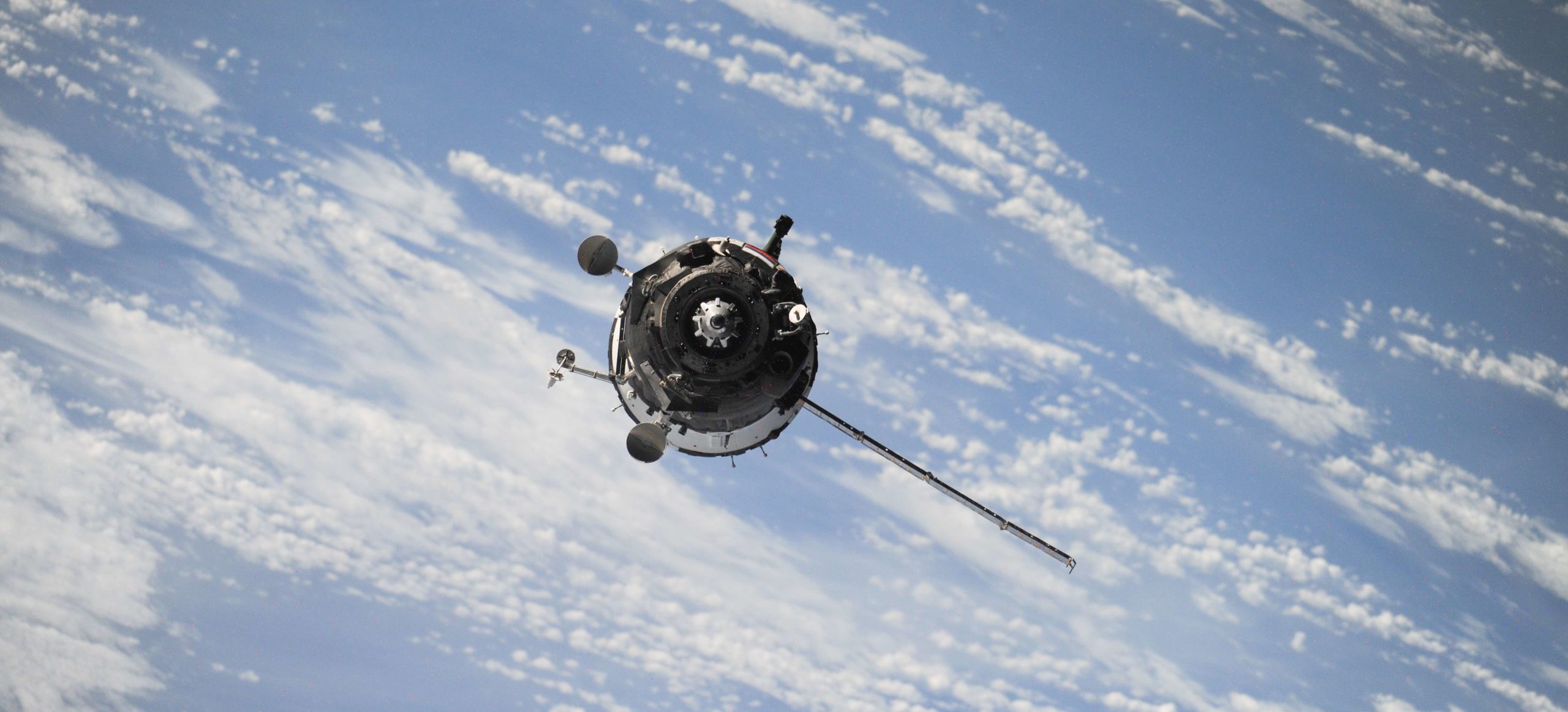Catapult Fundamentals: Why use GPS tracking technology?
Introducing you to the science behind our technology, the Catapult Fundamentals series explains sports science concepts and principles, and looks at the ways athlete monitoring systems can be used to improve team and player performance.
GPS-based technologies are used throughout sport to support performance monitoring, but how do they work, what do they measure, and how do they benefit athletes and coaches?
THE BASICS
At the most fundamental level, a GPS receiver calculates position by timing the signals emitted by GPS satellites orbiting the Earth.
Each satellite continually transmits messages that include the time of transmission and the satellite’s position at that time, information that the receiver uses to compute the distance to each satellite using the speed of light. These distances and satellite locations are used to compute the location of the receiver at a specific point in time using a process known as trilateration.
As objects (or athletes) change position over time, their movement profiles (and thus displacement/distance covered) can be plotted by regular repetition of this process. As timestamps are simultaneously transmitted, distance covered can be represented relative to time as speed profiles. This is the basis by which GPS enables us to analyse player movements during training and matches.

INERTIAL MEASUREMENTS
Although velocity and directional information is useful in terms of basic speed and distance calculations, Catapult GPS devices also contain a number of inertial sensors that enable practitioners to conduct more detailed levels of athlete monitoring.
These inertial sensors comprise an accelerometer (to measure accelerations and force), a gyroscope (to measure rotation), and a magnetometer (to measure body orientation). All three sensors collect data in three axes, or directions, allowing sensitive ‘maps’ of athlete movements and actions to be created. Catapult technology can also be integrated with heart rate data to provide a means of quantifying internal load.
Accelerometer
Accelerometers are particularly useful for identifying many athletic movements (e.g. jump or tackle) and understanding large accelerations that may result in small movements.
Catapult devices use tri-axial accelerometers (up/down, forwards/backwards and sideways) that are just a few millimetres in size, measure acceleration at 10,000 Hz and record at 100 Hz (100 times per second).
Gyroscope
Gyroscopes measure rotation around three axes (the coronal plane, the frontal plane and the sagittal plane). The combination of gyroscope and accelerometer data allows us to create more precise pictures of dynamic athlete movements than would be possible with one sensor alone. By combining data in this way, GPS units are now able to facilitate far more detailed analysis of an athlete’s movement.
Catapult units contain tri-axial gyroscopes (the three axes being yaw, pitch and roll) that collect data at 100 Hz. This is particularly useful for detecting speed of rotation, something that can be employed to monitor how fast a shoulder rotates during a cricket delivery or baseball pitch, for example.
Magnetometer
In essence, magnetometers are an electronic compass that help to understand orientation in relation to magnetic north. In terms of athlete monitoring, magnetometers provide information regarding direction and orientation, helping practitioners to understand the volume of key movements such as changes of direction.
In Catapult devices there are magnetometers in three axes measuring at 100 Hz to add an extra layer of to our performance data.
OPTIMISING PERFORMANCE
The combination of the GPS receiver and the inertial sensors creates a powerful athlete monitoring tool that ensures that key performance decisions are always supported with objective data.
Helping practitioners to quantify sport-specific demands and the exertions their athletes are being exposed to, GPS-based technologies are at the heart of processes such as performance evaluation, injury rehabilitation, and training periodisation. Facilitating an improved understanding of performance both on a team and individual level, GPS is one of the most important tools available to coaches and sports scientists when it comes to mitigating injury risk and preparing their team for competition.
Interested in finding out how Catapult can help your team find its competitive edge? Get in touch, today.